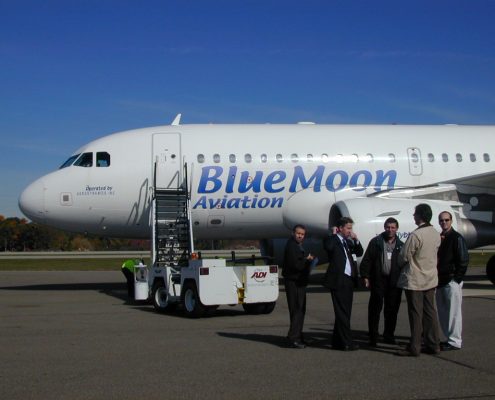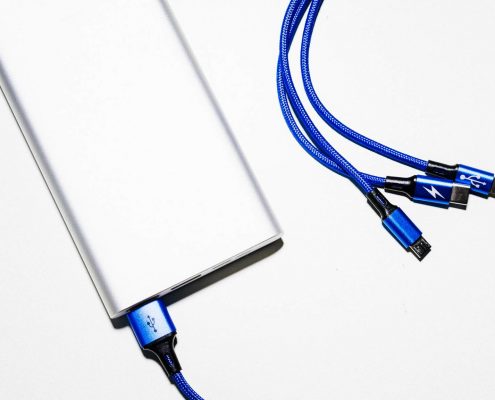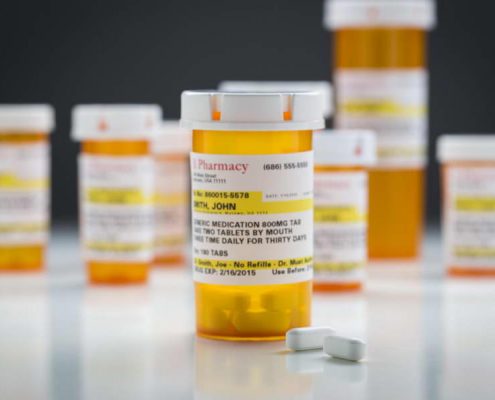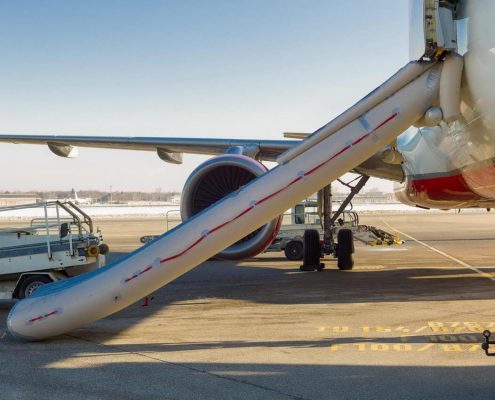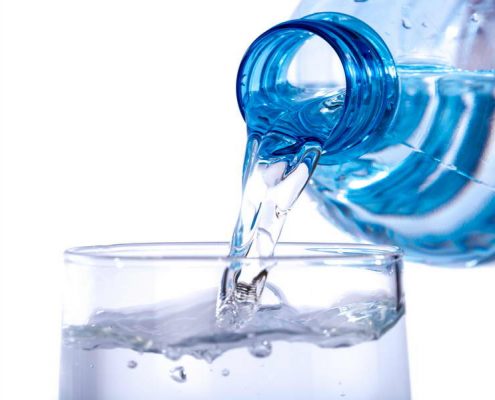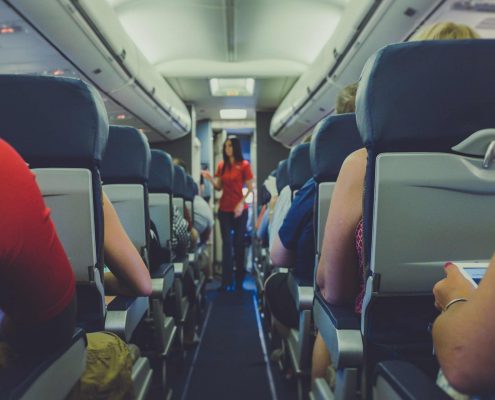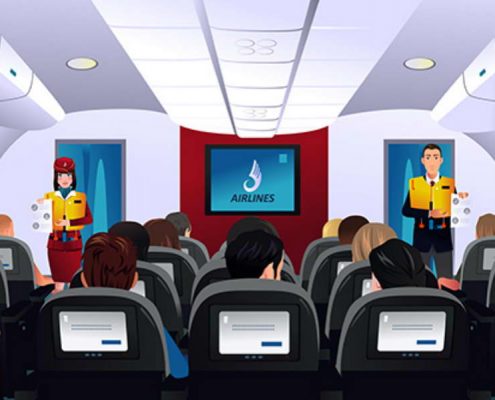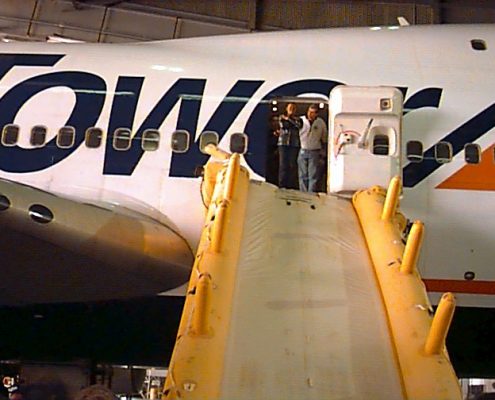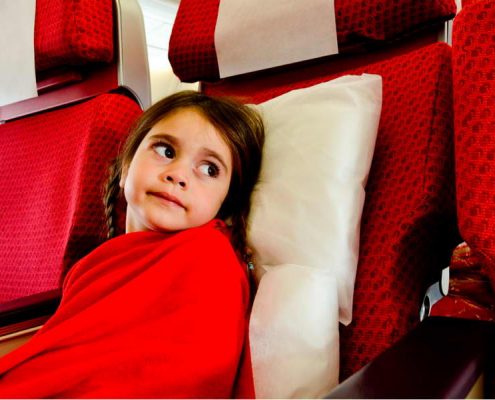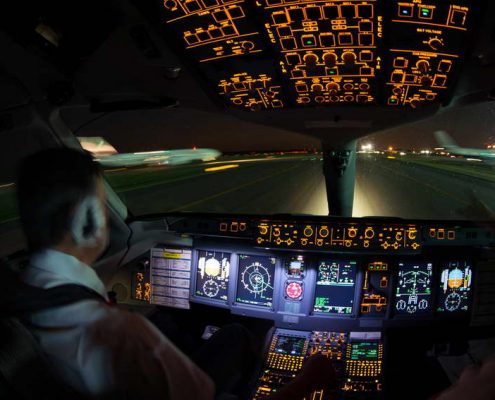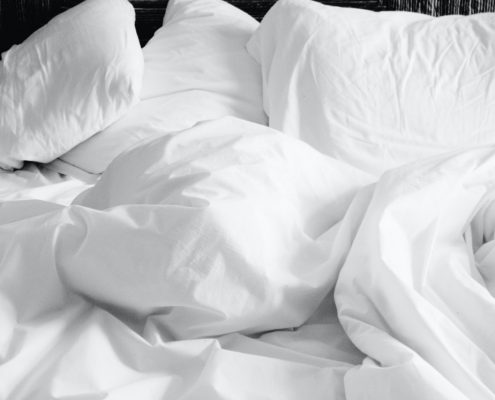One Community
Cabin safety experts from around the world share their expertise, tips, best practices, and lessons learned for the betterment of our cabin safety community and passenger safety. Together, we can help airlines seeking information so they can improve safety.
Plain Language
One of the biggest challenges to writing manual content is writing procedures in a way that is clear, concise, and without room for misinterpretation. Writing in plain language takes practice, and it will significantly improve the clarity of your manual content.
Standardization
Standardizing normal and emergency procedures benefit airlines when hiring flight attendants from other airlines. It reduces the unlearning curve associated with new employees with prior experience, making it easier to transition and train the new employee.



